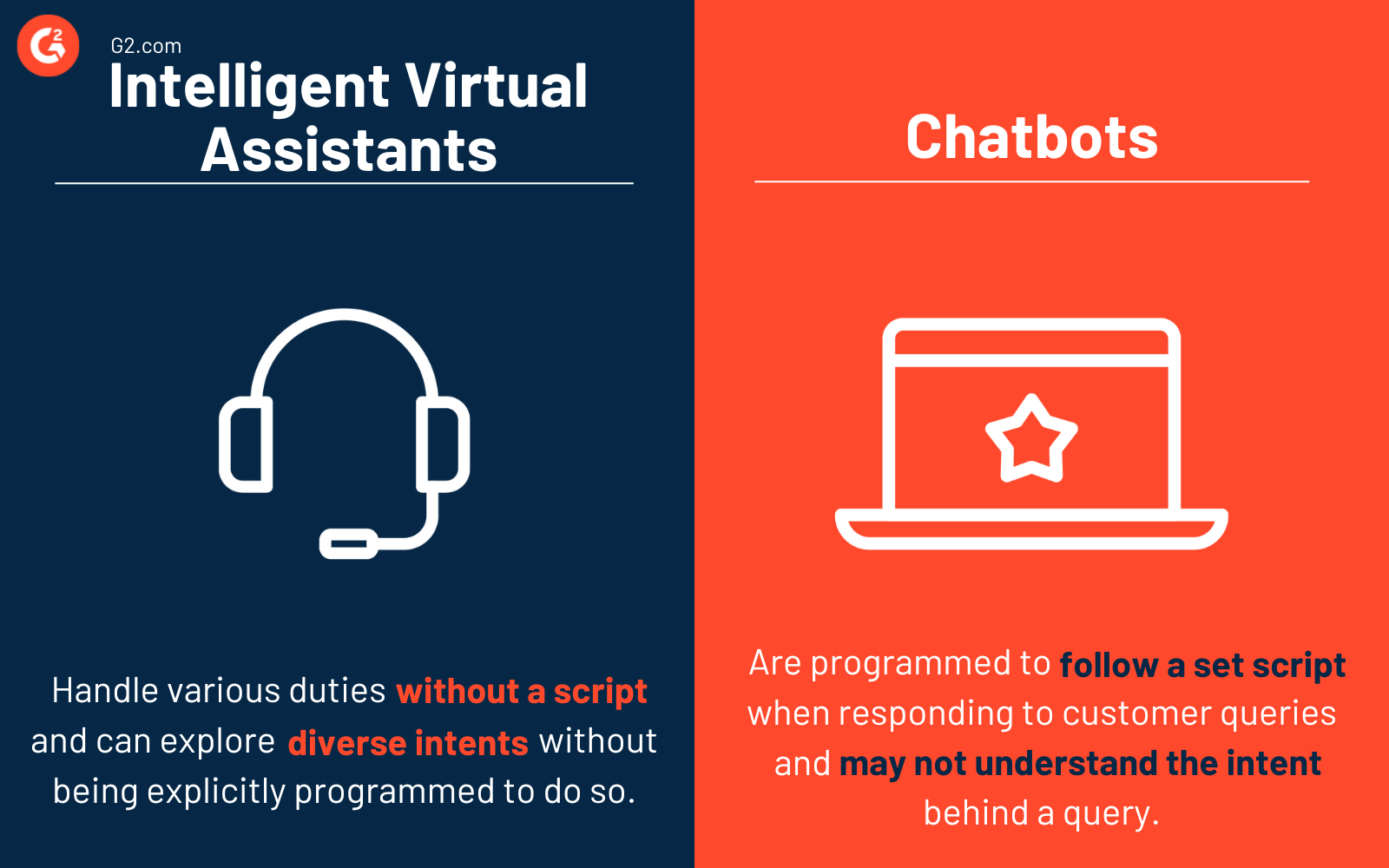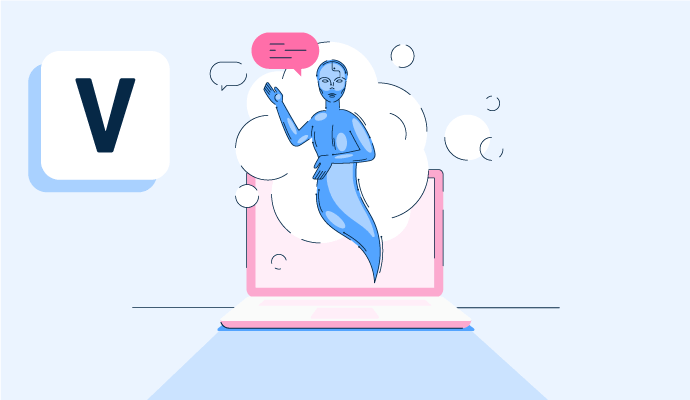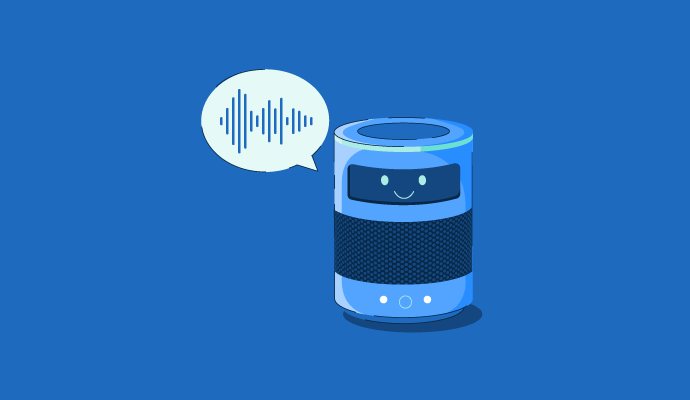What is a virtual assistant?
A virtual assistant (VA) assists people or carries out their activities via text or voice-based communication. A VA can be a human working from a remote place or intelligent software.
An intelligent virtual assistant software employs artificial intelligence (AI) and natural language processing (NLP) to read and respond to human queries. They carry out various tasks, including making phone calls, conducting web searches, creating reminders, and handling emails and appointments.
Types of virtual assistants
Most organizations use virtual assistants solely for administrative work. Below are some of the most common virtual assistant types available.
- Personal virtual assistants help make phone calls and create reminders.
- Business virtual assistants respond to customer questions and fix client problems.
- Healthcare virtual assistants facilitate communication between patients and healthcare providers.
- Educational virtual assistants offer study advice, information on students’ courses, and assistance with assignments.
- Financial virtual assistants track spending, manage money, and provide investment suggestions.
- Smart home virtual assistants take care of a variety of home appliances, including lighting, thermostats, and security systems.
Benefits of having a virtual assistant
Virtual assistants provide individuals and organizations with a practical, effective, and reasonably priced approach to boosting productivity. Using a virtual assistant has several advantages.
- Time-saving. Users save time by automating repetitive chores like creating reminders and scheduling appointments through virtual assistants.
- Enhanced productivity. When virtual assistants handle time-consuming activities, users get to concentrate on more crucial duties.
- Cost-effective. Both individuals and organizations can save money using virtual assistants because they’re less expensive than hiring an in-person assistant and paying them a salary or hourly wage.
- 24/7 availability: Users can access virtual assistants around-the-clock whenever required.
- Customizable. Versatile services offered by virtual assistants can be adjusted to fulfill specific demands, whether they are personal or professional.
- Consistency. Users can finish jobs quickly and correctly with consistency through virtual assistants’ dependable and superior service.
- Accessibility. Businesses can employ VA services from anywhere as they’re easily accessible and are a great option for people who work remotely.
- Scalability. Companies can scale their virtual assistants up or down depending on shifting needs.
Best practices for selecting the right virtual assistant
Selecting the best virtual assistant from various services available on the market can be tricky. Each on-demand virtual assistant has a unique set of abilities and knowledge to support users efficiently.
These suggestions should be top-of-mind during the process of choosing virtual assistants.
- Examine the work procedure. Determine what hinders productivity and efficiency. Consider the way the business operates and whether it’s possible that have a virtual assistant to assist. It could involve routine chores like managing email or scheduling, or specialized labor like customer assistance.
- List the problem tasks. Determine the jobs that need assistance and the specific skills required to complete them. This helps select virtual assistant categories that are most pertinent to a company's requirements.
- Research suitable candidates or services. Look at the market's available virtual assistants or check if the requirements can be fulfilled by a virtual assistant tool. Learn more about the type of VA needed, including their expected income or budget, where to find them, and their relevant experience or credentials.
- Screen options carefully. Once the list of potential virtual assistants is complete, screen the available options. For human virtual assistants, use phone calls or video interviews to give them thorough interviews. Users can also test out software VAs to select the service that best suits them.
- Communicate clearly. When the time comes to recruit a virtual assistant, be sure to mention the company's expectations and objectives. It allows everyone to work together effectively and ensures all team members share goals. To prevent disruptions, establish a robust and consistent onboarding procedure for VAs. Establish the right key performance indicators (KPIs) and schedule performance reviews when onboarding a human virtual assistant.
Intelligent virtual assistants vs. chatbots
Often, people confuse IVAs with chatbots, but the two are different.

An intelligent virtual assistant (IVA) is software that handles various duties, such as data input, client follow-ups, email writing, phone calls, and scheduling meetings. They’re a go-to platform for fundamental day-to-day work duties. On a client-facing side, IVAs allow businesses to engage with customers in a conversational manner.
Although chatbots are programmed to read and respond to humans as real people, they function differently from IVAs. Chatbots follow a set script when responding to customer queries and may not be able to understand the intent behind a query.
IVAs, on the other hand, can explore diverse intents without being explicitly programmed to do so. They use NLP to intelligently understand and respond to queries.
Learn more about chatbot software and how to use it in a business.

Sagar Joshi
Sagar Joshi is a former content marketing specialist at G2 in India. He is an engineer with a keen interest in data analytics and cybersecurity. He writes about topics related to them. You can find him reading books, learning a new language, or playing pool in his free time.




















